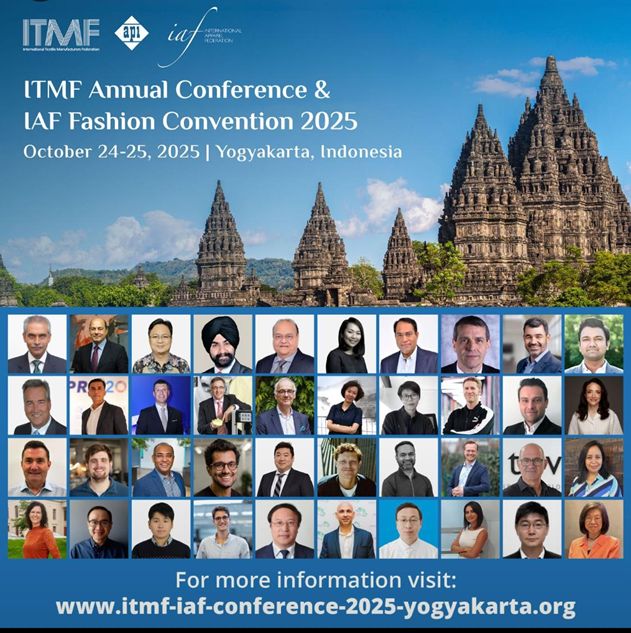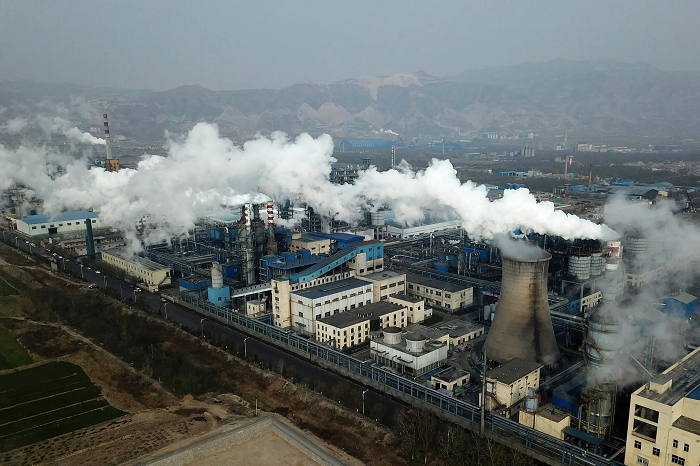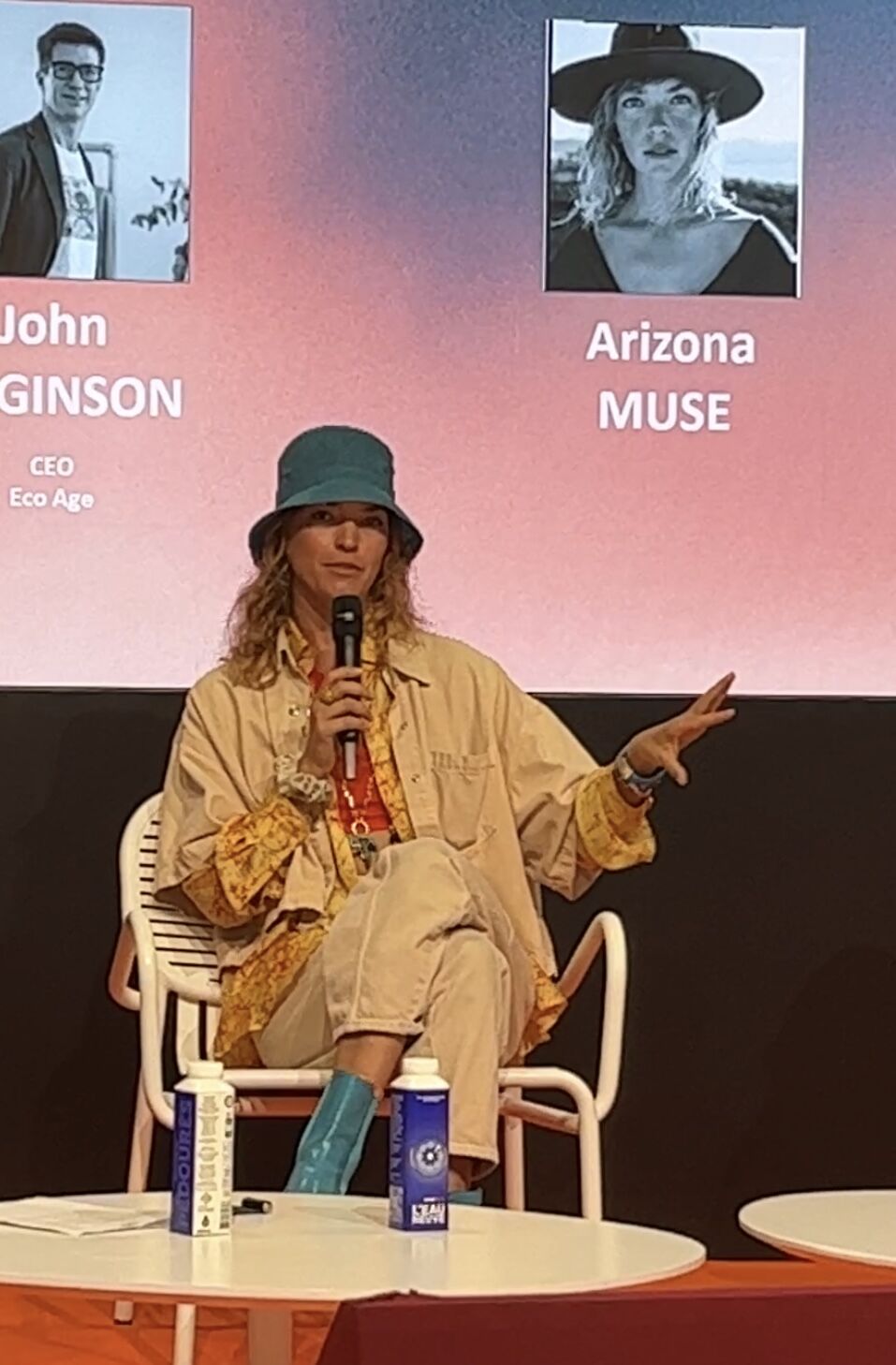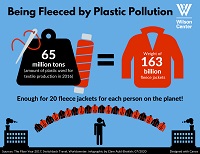 Global response to ‘ban plastic’ call has been quite encouraging with people discarding most of their plastic bottles and bags. However, this is not enough to control rising plastic pollution as majority of microscopic, hair-like plastic fibers are not visible to the naked eye. They easily course through water and air, accumulate on beaches, in intertidal zones, and even in Artic Sea ice. These synthetic microfibers are thin pieces of plastic, a sub-category of microplastics that resemble a strand of hair. Only 6 per cent of the total plastic that enters the oceans can be viewed by naked eye as rest of it sinks to the seafloor by breaking into small micro particles.
Global response to ‘ban plastic’ call has been quite encouraging with people discarding most of their plastic bottles and bags. However, this is not enough to control rising plastic pollution as majority of microscopic, hair-like plastic fibers are not visible to the naked eye. They easily course through water and air, accumulate on beaches, in intertidal zones, and even in Artic Sea ice. These synthetic microfibers are thin pieces of plastic, a sub-category of microplastics that resemble a strand of hair. Only 6 per cent of the total plastic that enters the oceans can be viewed by naked eye as rest of it sinks to the seafloor by breaking into small micro particles.
Addressing multiple levels of plastic pollution
Quicker turnout of styles and increased number of fashion collections per year has ramped up demand for plastic-infused clothes, says a 2017 Ellen MacArthur Foundation report, ‘A New Textiles Economy: Redesigning Fashion’s Future’. Manufacturers add plastic additives such as antioxidants, dyes or fire retardants to the virgin while making clothes. These microfibers originate mainly from clothing made from synthetic fabrics like polyester, rayon, and nylon.
Industry experts, government, and academia need to address this plastic leakage at multiple levels from production, fabrication, usage, and washing of synthetic textiles to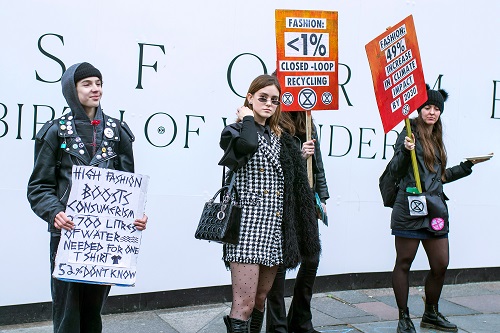 wastewater treatment plants. Fashion Pact -- the agreement between 32 companies and 150 brands -- helps the fashion industry lessen its environmental impact by encouraging clothing companies and brands to achieve zero gas emissions by 2050, restore natural ecosystems and protect species, and reduce the use of single-use plastic.
wastewater treatment plants. Fashion Pact -- the agreement between 32 companies and 150 brands -- helps the fashion industry lessen its environmental impact by encouraging clothing companies and brands to achieve zero gas emissions by 2050, restore natural ecosystems and protect species, and reduce the use of single-use plastic.
Accelerating efforts around microfiber pollution
Industry leaders can also join the Conscious Fashion Campaign, which encourages global leaders to achieve Sustainable Development goals. Additionally, the Clean by Design Program launched by Sustainable Apparel Coalition encourages multinational corporations to minimize environmental impacts of their suppliers abroad. These initiatives help the industry to build a network of companies to accelerate efforts around synthetic fibers and microfiber pollution.
Companies are also seeking a Certified B certification from non-profit organization B Lab to indicate their compliance to the highest standards of verified social and environmental performance, public transparency, and legal accountability.
Opportunities for innovative solutions in material science
A study by Patagonia and University of California, Santa Barbara (UCSB), found wastewater treatment plants can capture approximately 40 per cent of the microfibers produced by top-load washing machines. These microfibers travel through soil, water, and even air to all regions of the globe and are thought to comprise up to 35 percent of primary microplastics in the marine environment.
Companies and scientists across the globe are collaborating to address this problem of microfiber pollution. They are incorporating products such as the Cora Ball, Guppyfriend, and Filtrol with washers to catch excess microfibers. While these innovations do not completely solve the problem, they are help address the issue at the individual household level.
Internal and external pressures to reform fashion are creating opportunities for the launch of innovative solutions in material science and chemistry as well as environmental science, says Ellen McArthur Foundation. Experts need to strengthen the research on microfibers to fashion industry move towards a plastic-free future.



